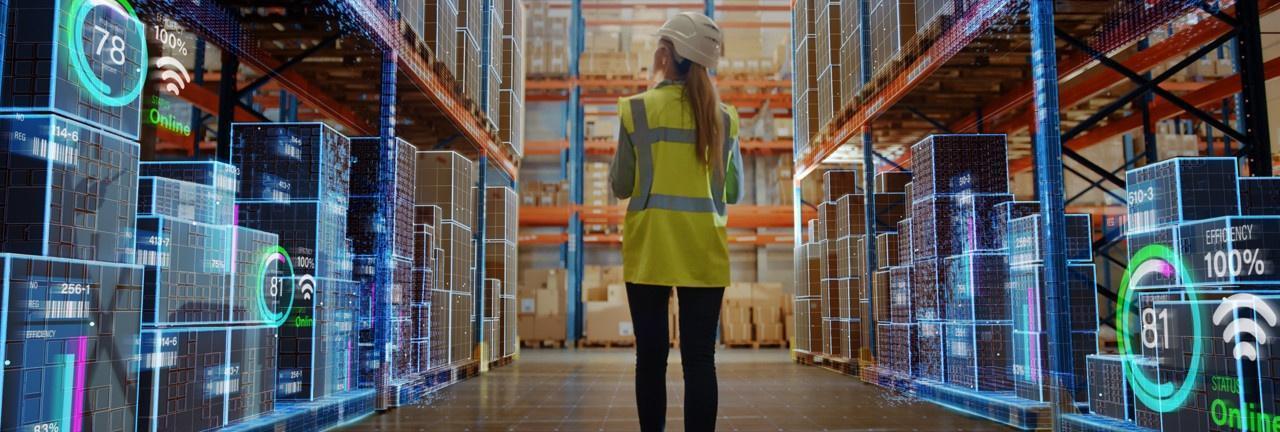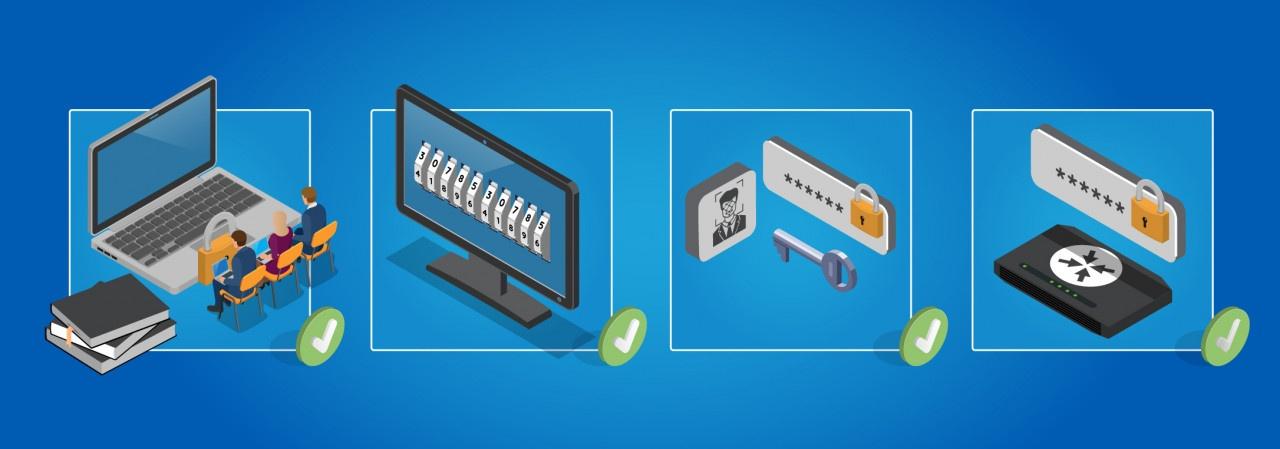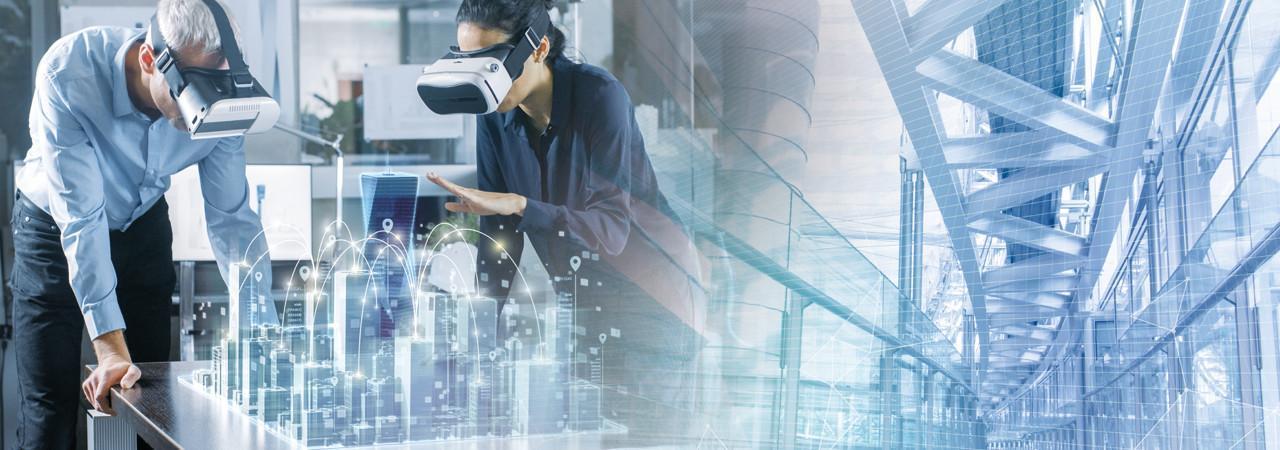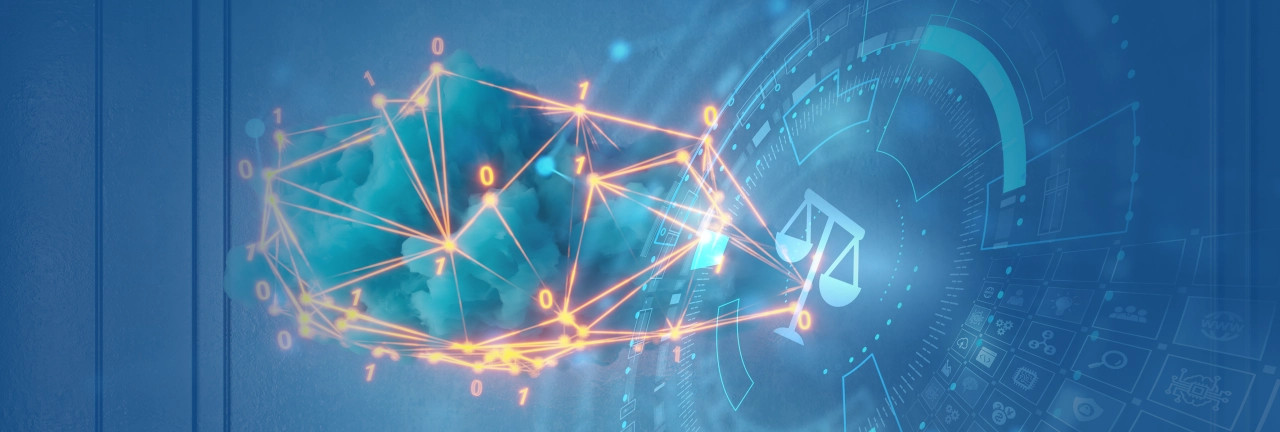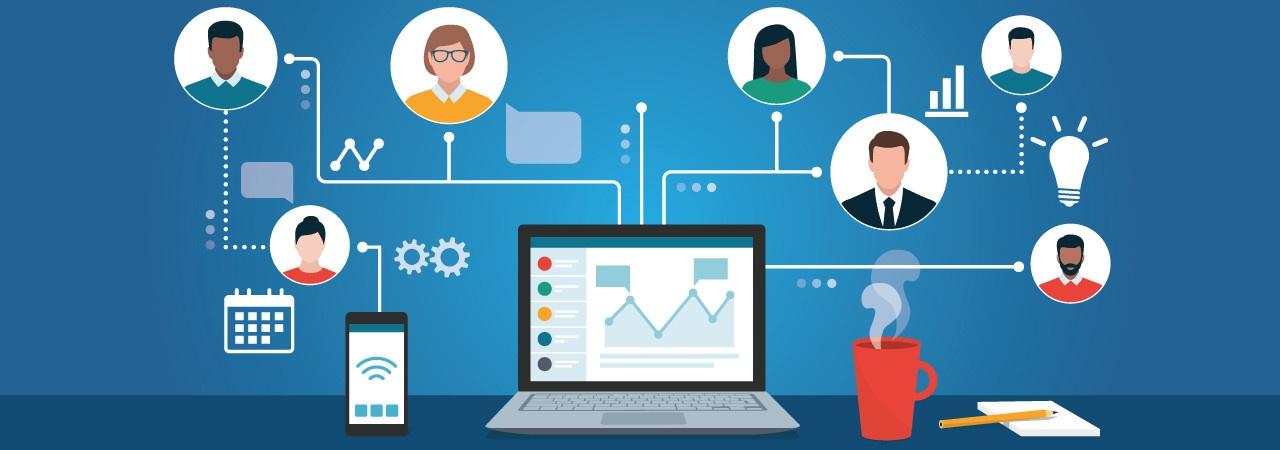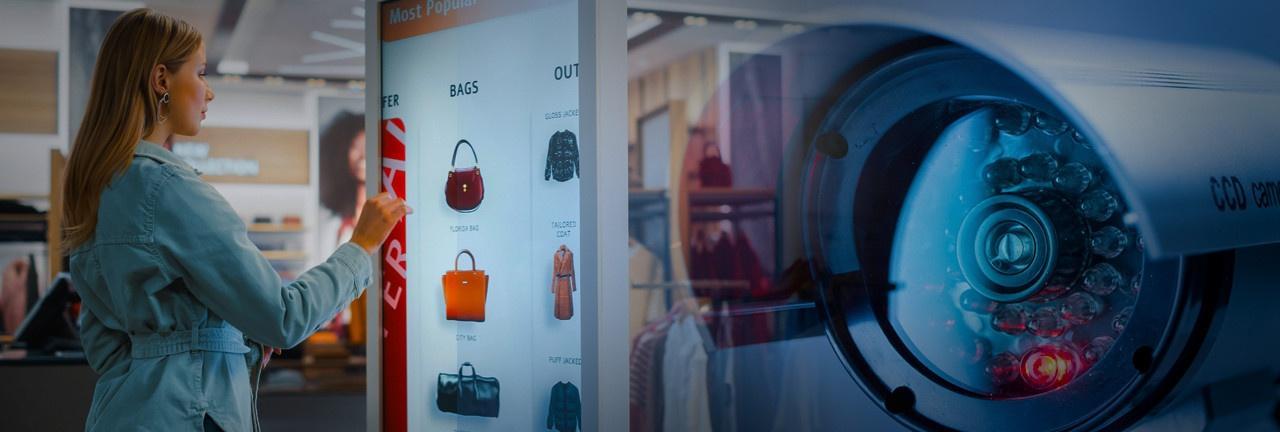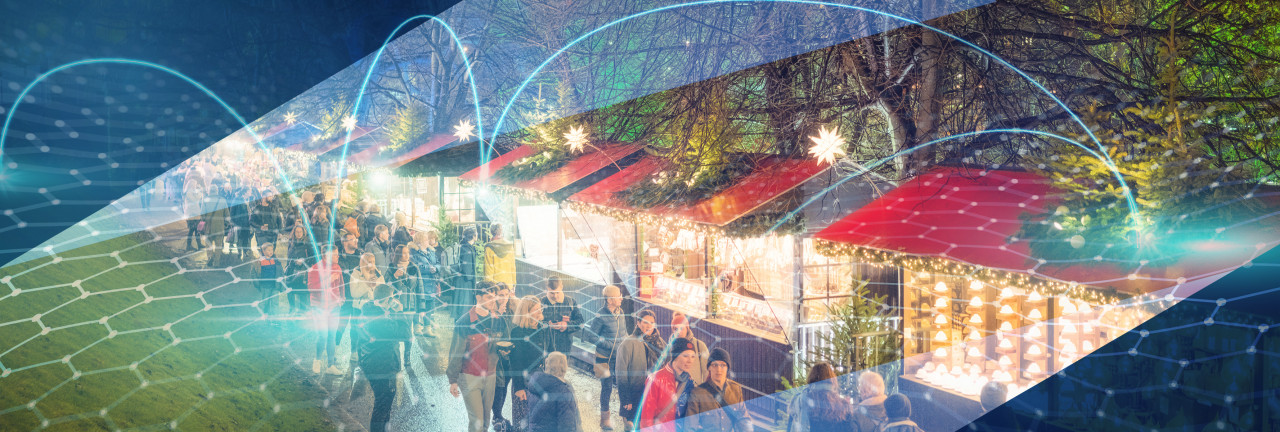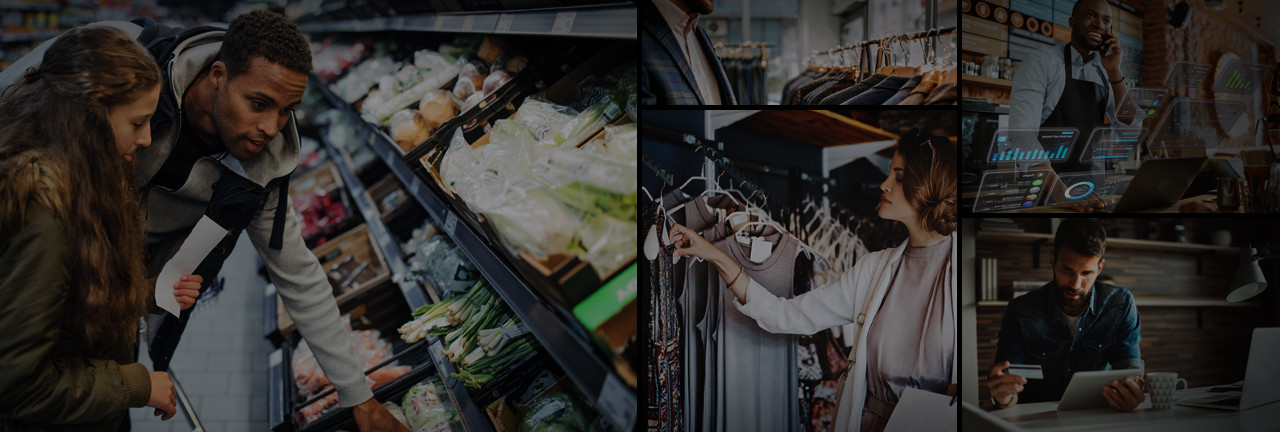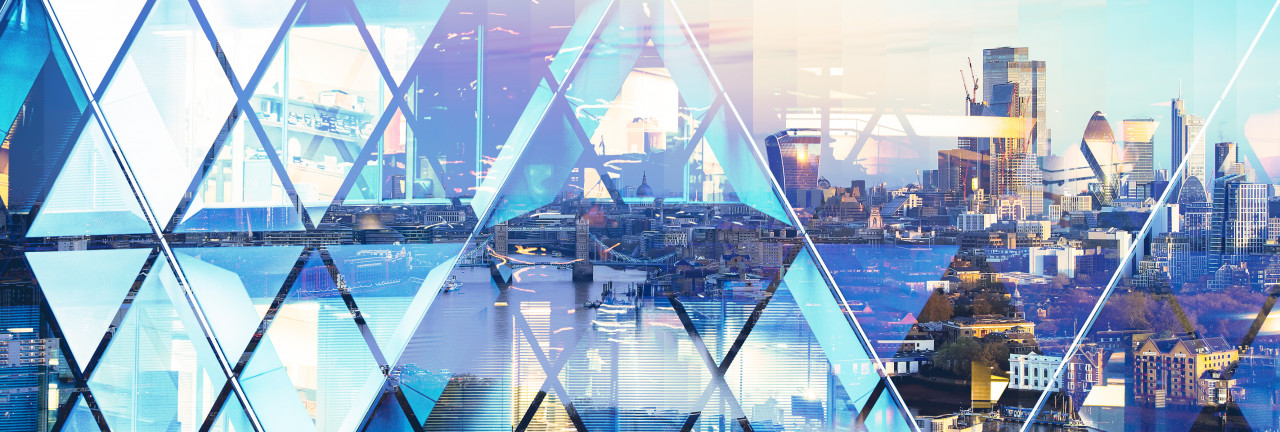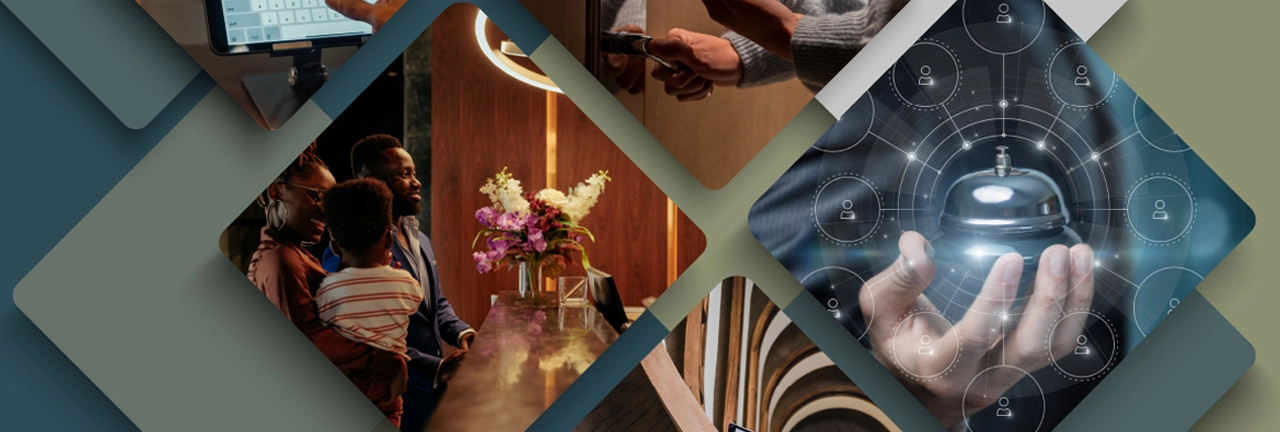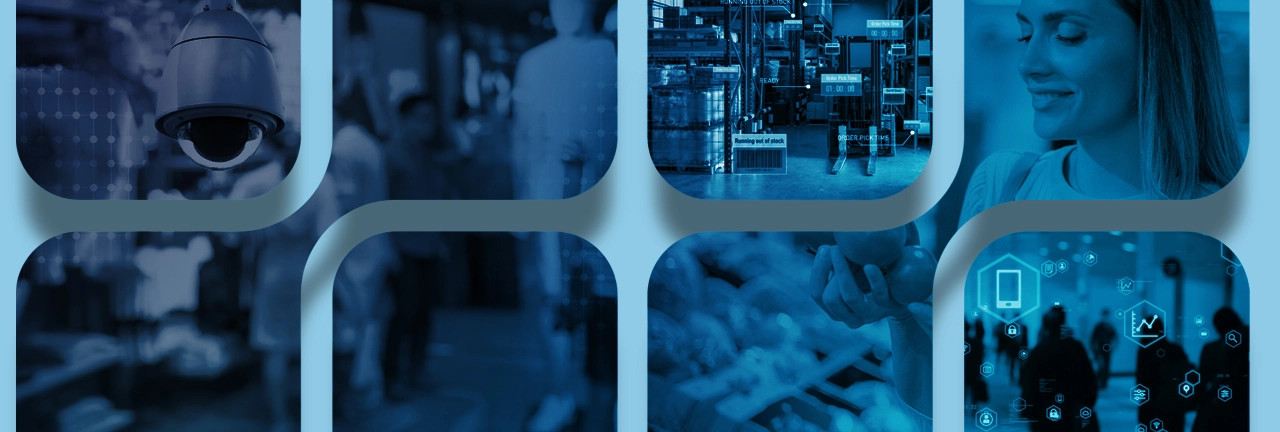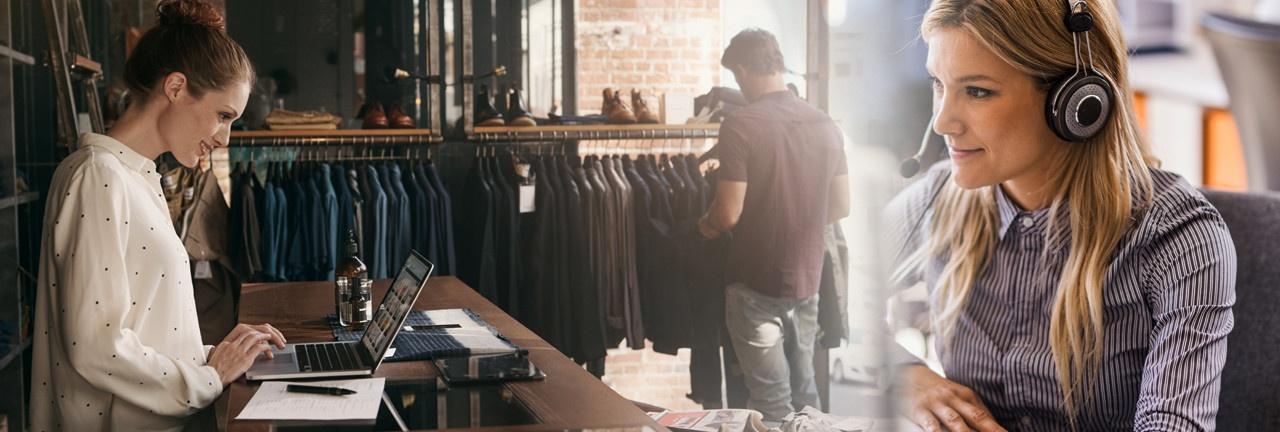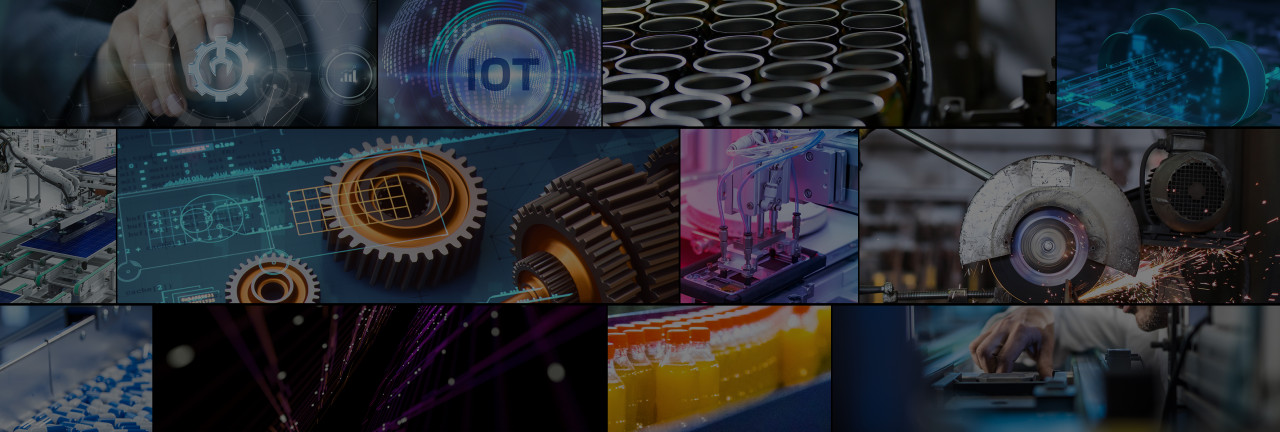When it comes to building brand loyalty, customers increasingly expect the retailers they shop from - whether that's online, in person, or via click-and-collect - to demonstrate tangible efforts to operate in an ethical, sustainable, and environmentally friendly manner in everything they do.
The level of performance and resilience organisations demand from their networks has increased several-fold in the wake of COVID-19. The rapid transition to a fully distributed workforce has not only placed considerable demands on networks in terms of raw performance, but also the resilience needed to adapt to the unexpected with minimal disruption to data security, internal processes or the customer and user experience.
While we have certainly seen some considerable successes in this area, there is still work to be done if this new way of working is able to provide companies with the agility, security and scalability they need to adapt and thrive going forward.
Over the past few months, video calling has exploded in both our personal and professional lives. We not only rely on regular calls to stay connected with our loved ones during this time of lockdown, but have come to depend on it as a primary mode of communication at work, in order to maintain the same standards of collaboration and interaction that we experienced in the office. Indeed, the number of people using video calling on a regular basis has increased by 87% over the past two years[1], and shows no sign of slowing down.
Cloud adoption has been rising year by year for some time now, with Gartner predicting this trend to accelerate beyond 2020. It has long moved on from its earliest days, where it was largely regarded as an intriguing concept but unsuitable for enterprise-level applications. Now, with a wide range of options available - including Public, Private and Hybrid solutions - it has become a highly attractive prospect for organisations at all levels, especially against the backdrop of COVID-19 and the resulting advancement of remote working. While these trends are very much the latest stage in a long process of transformation, the pandemic has undoubtedly been the catalyst behind much recent Cloud adoption, as organisations accelerate their journeys towards a distributed workforce.
So, where does that leave us in terms of the biggest question: "Is Cloud right for my organisation?"
Now more than ever, digital security is a team effort, with staff at all levels of an organisation having an active part to play in keeping critical business data safe. With the outbreak of COVID-19, and an unprecedented volume of staff working from home, robust security policies and systems are no longer enough - each and every member of staff must consider security as a fundamental part of their developing remote working routines.
But what can each of us personally do to ensure our organisations maintain their usual standards of security for the duration of this crisis, without letting such measures detract from our day-to-day work? Here are a few starting points…
Be prepared
If you're new to remote working, don't go in blind. Take the time to re-familiarise yourself with your company's security policies (particularly any new ones for home workers) and be sure to attend any training sessions that are on offer (as many organisations are rolling out remote training sessions for home workers, there are no excuses!). This will make the transition far smoother and allow you to stay focused on your work.
Secure your router
At Exponential-e, we always say that 'your Cloud is only as good as your network'. In the same way, your remote working solution is only as good as your router. As above, make sure its password is secure (especially if you've never changed its pre-set password!) and take any recommended security measures, both from your network provider and your IT team.
Check your passwords
This is a familiar refrain in the world of data security, but it always bears repeating. Familiarise yourself with current best practice regarding password creation (there are plenty of useful resources available online for this) and avoid reusing passwords. While memorising multiple passwords for each platform you use for work is certainly inconvenient, there are many excellent password manager tools available. Ask your IT team which one they would recommend, as your company may already require employees to use a specific one.
Enable updates
We all know how irritating requests to install updates on our personal devices can be, but in our current climate, it's more important than ever. More than just keeping your own devices secure, a single instance of malware could bring down your entire company network, so don't take any chances. Ensure you install all recommended updates, or – better yet – enable automatic updates. This will ensure your devices are always protected against the latest security threats.
Ask!
As we've already mentioned several times in this post, if you are unsure about anything when it comes to data security, don't guess… ask the right person! In particular, your IT team will be more than happy to advise you about security best practice when home working, or alternatively, consider Exponential-e's Cyber Security Advisory service, which was created to provide a 'one stop shop' for any security-related concerns you may have.
In the meantime, download our Working from Home Checklist, which breaks down all the key elements of secure remote working.
Policymakers have now recognised that world-class digital connectivity and fast internet connections are as essential to the future of the society now as ports, railways, airports, and highways were throughout the last two centuries. Those systems transformed the way people lived and worked, irrevocably changing human conceptions of distance, speed, and time.
These state-of-the-art technologies are being used by architects to effortlessly showcase realistic project images to potential clients and stakeholders, enabling the latter to make any changes they want and give feedback on designs (or approval) in no time.
But VR / AR / MR is just the latest flowering of Digital Transformation (DX) to be adopted by the industry - and depends upon the same underlying technology.
Digital transformation: opportunities and challenges
By nature, architecture is an industry defined by evolution, so its early adoption of DX should come as no surprise. In firms across the world, the design process has moved away from drawing boards and tracing paper towards computers. In turn, clients have become more demanding, making collaborative simulation and visualisation a key - almost compulsory - part of the design process.
Consequently, computers have had to become more powerful and graphics greatly improved to keep up with the rendering requirements; architects also require access to a centralised graphic store, and this access similarly requires a lot computational and networking power.
The Fourth Transformation: opportunities and challenges
As the Fourth Transformation takes hold - bringing forth advances in VR / AR / MR - technology is becoming increasingly immersive and collaborative. For the architecture industry, this means that seamless cloud-based collaboration between contractors, engineers and architects is both possible and highly desirable.
Such collaboration entails not only simple file transfers and data conversion but also, increasingly, the embedding of VR / AR / MR into business operations. The popularity of such technology has risen in the sector, thanks to its emerging value as an educational tool.
However, this brave new world of unified communications and virtual desktop infrastructure is powerless without the right network. Across the industry, gigabit requirements are becoming the norm; by contrast, only three years ago, 100mb would often suffice. In a bandwidth-hungry digital landscape, the network is the cloud - so it's easy to see why a cloud can only be as good as the network it traverses.
Conclusion
By harnessing the power of cloud computing and a robust, reliable network in tandem, architecture firms can set themselves apart from their competitors and respond super-fast to those last-minute emergency requests that can suddenly arise from contractors all over the world. By partnering with the right supplier as well, firms can stop worrying about business continuity, getting back up and running if their systems fail.
Although digital transformation amongst Legal firms has typically been comparatively slow compared to other sectors, the journey has picked up speed over the course of the last decade.
Like many organisations throughout 2020, professional associations have been forced to dramatically reconsider how they interact with both current and potential members, in light of social distancing requirements and the move towards a distributed workforce.
The Retail sector is more diverse, dynamic, and rapidly changing than any other time in its history. This not only encompasses the way customers make their purchases – with online shopping, click-and-collect, and in-person shopping all converging to offer true, end-to-end experiences – but also the way retailers open and operate new sites. Whether this means trendy pop-up shops, kiosks at other brands' locations, or booths at events, retailers from up-and-coming start-ups to global leaders are no longer relying on fixed high-street locations to welcome their customers and put their wares on display, instead making sure they are present wherever their ideal customers are, and fully prepared to offer a world-class experience that builds brand recognition and loyalty.
With fundamental shifts in consumer behaviour, changing economic conditions, and a rapidly evolving regulatory environment, it's a challenging but exciting time for the UK's retail sector, and technology has a key role to play. In particular, advances in IT and networking solutions are empowering retailers to enhance their operational efficiency, improve the customer experience, and retain their competitive edge in an increasingly online and interconnected world.
The Finance sector has always been one of the most dynamic, rapidly evolving industries, and this shows no signs of changing any time soon. But while shifts in the landscape may well open new opportunities, they will also come with new challenges, and it is the organisations who are ready and able to face these head-on who will continue to thrive in the years ahead.
Across the Hospitality & Leisure sector, from pubs to five-star hotels - guests' expectations have evolved in ways that would have been impossible to imagine just a decade ago.
We've been hearing about the impending demise of the high street for years now, ever since online shopping and click-and-collect established themselves as part of our day-to-day lives. And yet, while brick-and-mortar retail has certainly been through a great many challenges and upheavals, it doesn't show any sign of going away quite yet. Rather than simply expecting customers to be content with previous generations' shopping experiences, the sector has demonstrated considerable ingenuity by taking full advantage of emerging technologies to deliver the kind of personalisation that would previously have been the sole preserve of online platforms.
Global broadcasts place incredible demands on infrastructure, which must offer the performance and resilience required to accommodate the anticipated spikes in viewership. Exponential-e has worked closely with a number of world leaders across the broadcasting and media sector, providing fully integrated solutions that ensure their connectivity is of the very highest quality, freeing their own teams to focus on the broadcast itself, safe in the knowledge that they can completely depend on their technological foundation, no matter how many viewers around the world tune in.
The past few years have been challenging for the global Manufacturing sector, with both Brexit and COVID-19 creating a wide range of operational disruptions whose impact is still being felt. Indeed, as recently as January 2023, we saw UK manufacturing shrinking for the sixth consecutive month1.

